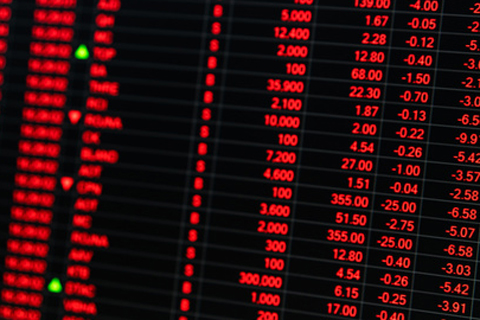Assofermet reports weakened steel market in May amid global uncertainty
by David Fleschen

Italy’s steel distribution association, Assofermet, has reported a broad-based decline in sales volumes across the steel sector in May, reflecting persistent uncertainty and subdued market sentiment. The downturn, while anticipated by many industry participants, is seen as part of a longer-term trend affecting multiple product categories, including carbon and stainless steel, aluminium, and non-ferrous scrap.
According to Assofermet’s monthly market note, the overall climate in May was already pessimistic during the Made in Steel fair earlier in the month. This cautious mood has continued into June, with early data pointing to further pressure on both demand and pricing.
Falling Prices and Demand Driven by External Pressures
Sales volumes fell alongside pricing across most categories. Industry stakeholders attribute this to a combination of global factors: escalating trade tensions following remarks by the U.S. president, ongoing economic weakness in China, and geopolitical instability in Ukraine and the Middle East. These issues have led to heightened caution across the steel value chain, with buyers delaying purchasing decisions and price negotiations under pressure.
The European Union has responded to these challenges with stricter import controls aimed at protecting domestic steelmakers. In parallel, the upcoming implementation of the Carbon Border Adjustment Mechanism (CBAM) on January 1, 2026, is drawing increasing attention. The CBAM will impose additional costs—estimated at several dozen euros per tonne—on imported steel from non-EU countries, targeting carbon leakage and promoting environmentally responsible sourcing. However, concerns are growing that this combination of trade barriers and green transition measures could create unintended challenges for European manufacturers, including limited access to steel grades no longer produced in the EU.
Flat and Stainless Steel: Uneven Developments
Flat carbon steel service centers reported a decline in activity, with May confirming a sharp drop in demand after a more dynamic first quarter. Price volatility continues to be a concern, and elevated inventory levels in Italy are adding further uncertainty. Distribution prices have fallen more steeply than mill prices, eroding margins for distributors and heightening short-term risks.
In stainless steel, the situation is mixed. While demand for sheet and long products remains weak, there has been a modest uptick in tubular product sales, driven by a slight rebound in prices. Overall, however, the lack of a coordinated policy framework to support the sector continues to weigh on confidence.
Tinplate Market Also Affected
The tinplate segment is also navigating a highly uncertain environment. Buyers are cautious, often deferring purchasing decisions unless necessary or financially advantageous. The sector is awaiting greater clarity on the impact of significant volumes of imported material from Turkey and India, currently held in port terminals, expected to clear customs in July.
Although recent U.S. tariff increases could marginally benefit European producers by boosting regional supply, the short-term availability of certain specialized materials—such as polymer-coated or deep-draw grades—remains limited. Another growing concern is the influx of duty-exempt tinplate accessories and chrome-coated products from China, which may distort the competitive landscape.
Outlook: Structural Weakness Persists
Assofermet notes that May’s decline is part of a broader, structural downturn dating back to the second half of 2022. Global inflation, rising interest rates, and reduced output in steel-intensive sectors have contributed to weak industrial demand. Without significant changes in macroeconomic and geopolitical conditions, a rapid or sustained recovery appears unlikely.
While a few niche segments have shown isolated gains, the overall outlook for the Italian and European steel market remains cautious. The association underscores the need for clear regulatory guidance and supportive industrial policies to stabilize the sector in the months ahead.
Source: Assofermet, Photo: Fotolia

